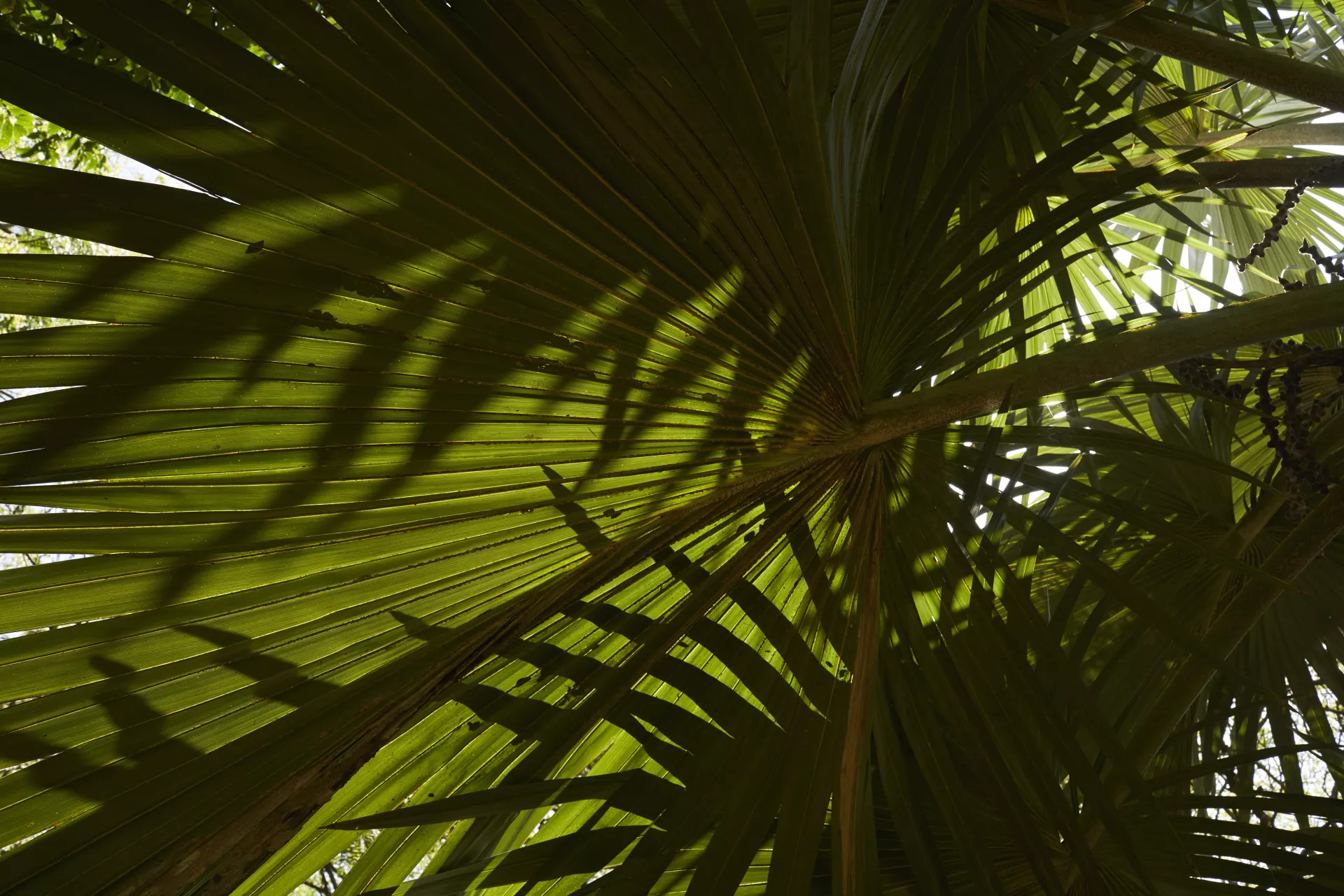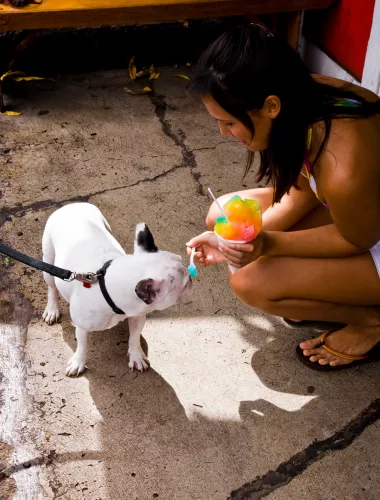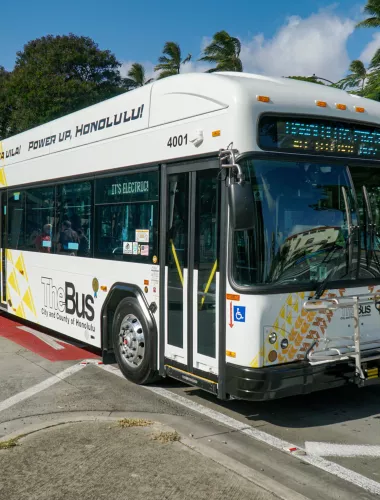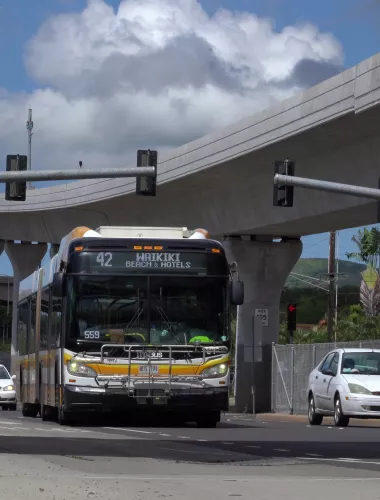
 Manu-o-Kū: Honolulu’s Official Bird
Manu-o-Kū: Honolulu’s Official Bird
You may have wondered about the manu-o-Kū, the graceful white seabirds that are often seen around Honolulu. Honolulu’s official bird is culturally significant to Native Hawaiians, intrepid ocean voyagers who relied on the manu-o-Kū for navigating their way back to land while at sea for centuries.
The manu-o-Kū (white tern) is a native Hawaiian seabird that inhabits many tropical and subtropical areas in the Pacific, Southern Atlantic, and Indian Oceans. In Hawai‘i, most manu-o-Kū are found in the Northwestern Hawaiian Islands. O‘ahu is the only main Hawaiian Island where they live. In fact, while you may see manu-o-Kū flying overhead across O‘ahu, they only nest in urban and suburban areas of Honolulu, from Hawai‘i Kai to Ford Island. As Honolulu is the only U.S. city where this seabird nests and since they are one of the few native Hawaiian birds in Honolulu, in 2007, then Mayor Mufi Hanneman designated the manu-o-Kū as the Official Bird of the City and County of Honolulu.
The manu-o-Kū, which means “Bird of Kū” in Hawaiian, is culturally significant to Native Hawaiians. In Hawaiian mythology, Kū is the god of war represented by images of a feathered god. The seabird has long and narrow wings enabling it to fly hundreds of miles without expending much energy. When early Hawaiian navigators would spot manu-o-Kū at sea, this was an indication of land. Ocean voyagers used the seabird to navigate because manu-o-Kū typically fly out to sea in the morning to feed, returning to land at night. Navigators would likely reach land by going in the direction the birds were coming from in the morning and then follow them back to land at night.
The federally protected manu-o-Kū don’t actually build nests. They lay their eggs directly onto a surface. In Honolulu, the manu-o-Kū seem to nest in trees and lay their eggs directly on to a branch. When the chick hatches, it will stay in that spot until it can fly.
Currently, there are an estimated 2,300 manu-o-Kū in Honolulu, making them easy to spot flying overhead or roosting in large trees in parks or along the streets. That’s a huge increase from the single pair first spotted back in 1961. Today, there is even a Manu-o-Kū Festival which celebrates the culturally significant seabird.




